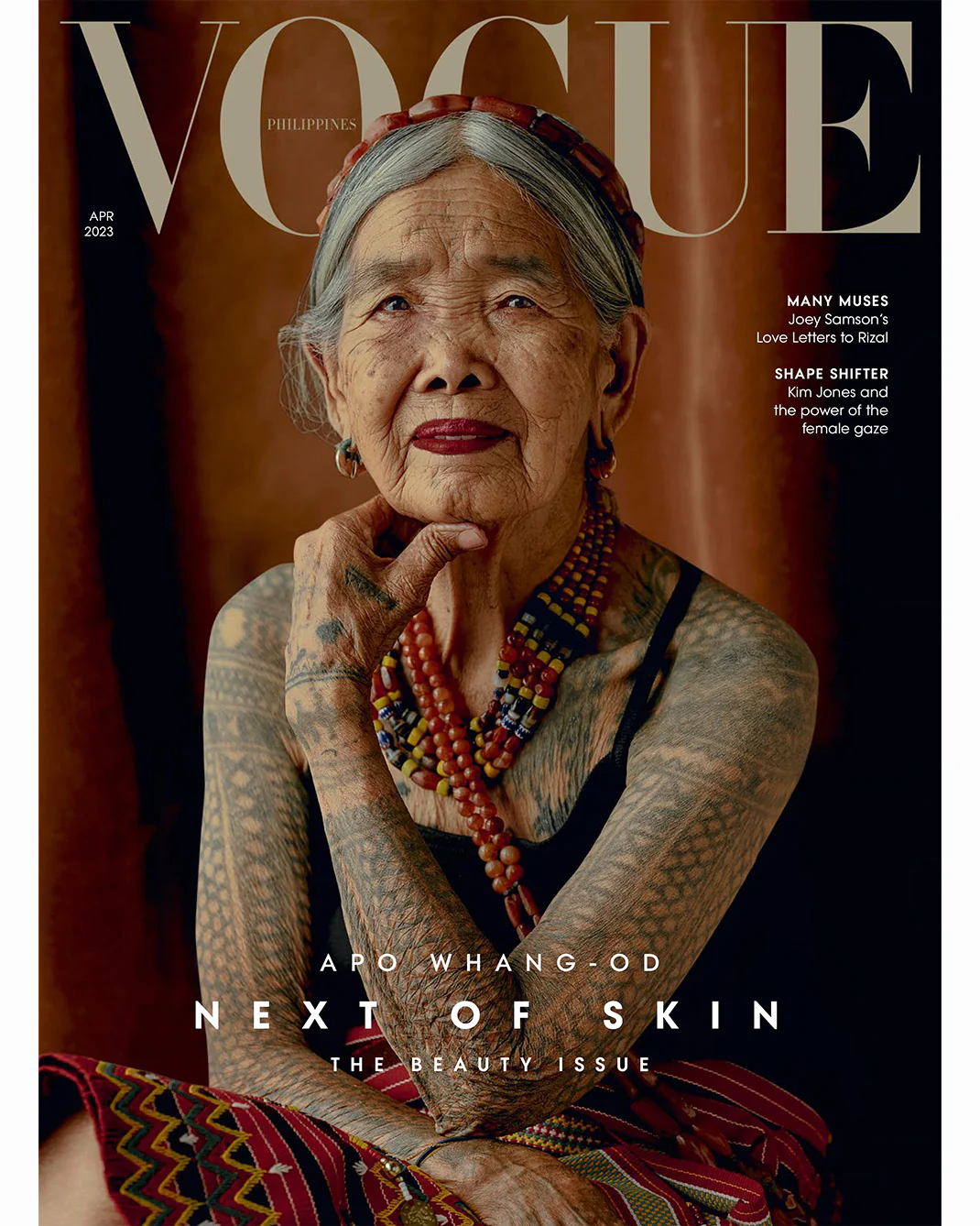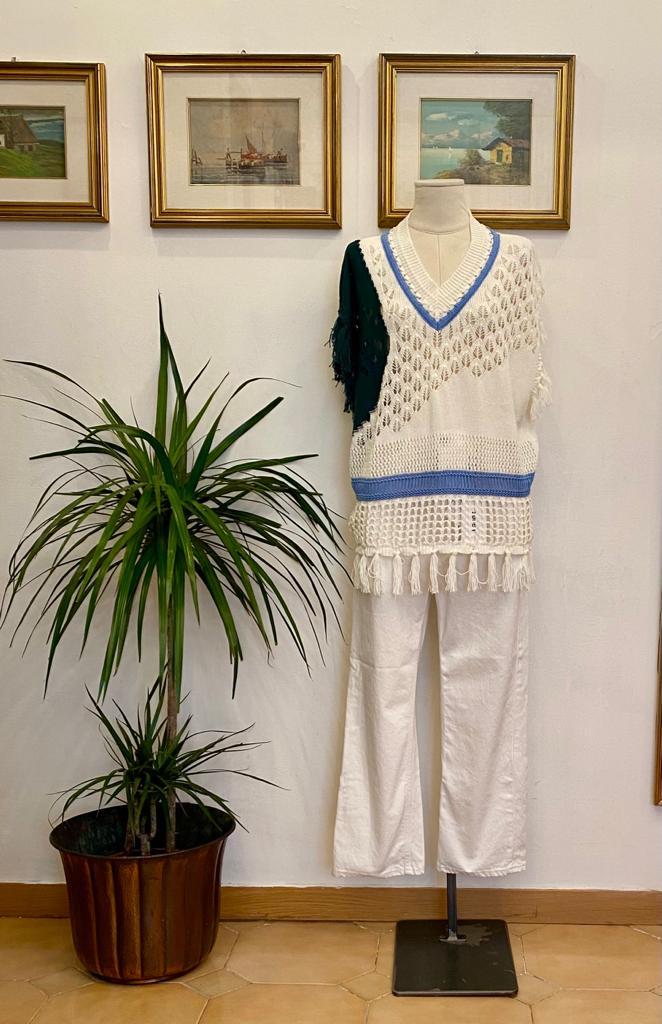AI is the trend. Does it feel real?
When human creativity meets artificial intelligence
Humans, AI is the trend! Indeed, artificial intelligence is taking over the fashion industry, as any other area. But the conversation is all about highlighting how advanced and marvellous it is. Very few consider the possible risks.
And while we are here, waiting to receive the spring-summer orders and be inspired by tangible, real fashion stuff, which we will show you soon, we cannot avoid this trending topic. Indeed, some “artificial creativity” surprised us!
AI: what is it?
Artificial intelligence is a machine’s ability to display human capabilities such as reasoning, learning, planning and creativity. Specifically, the computer receives the data, processes it and responds – as in the case of ChatGPT. AI is crucial for digital transformation and certainly will bring great changes.
Though the perspective of losing the human touch is quite scary, everyone seems to prioritise the positive aspects. Of course, the fields of application are countless, and many of them are not even understandable now. And perhaps in the next future, we’ll reach a point where humans aren’t needed anymore!
Indeed, you can write blog posts, books, songs or even pass an exam with AI! Therefore, many jobs now made by humans may disappear.
AI generated content in the fashion industry
Practical applications in the fashion field could be for customer service, stock management or market research. But we have seen beautiful fashion editorials made with ChatGPT! See the fashion concepts that Gianluca Traina, an Italian talented artist and fashion designer, made with ChatGPT. A collection and a complete fashion editorial inspired to the architecture of Samarkand.
And here’s the men’s clothing collection:
Look at the colours! And the silhouettes! Gianluca Traina’s work is impressive, thought-provoking. In fact, it makes you question everything. Now seriously, do we still need fashion magazines made by professionals? Say hello to fashion editors, photographers, stylists, make-up artists, models, and so on… Well, shut down everything and say hello to humans!
But wait, will AI purchase products, too? Since it is the fashion industry’s biggest issue! And who will have the money to purchase fashion items if people will not work anymore?
Among all the conversation around AI, Nick Cave came up with great insight, a human perspective indeed! A fan asked ChatGPT to write a song in the style of Nick Cave and then requested Cave’s feedback.
His reply, from “The Red Hand Files”, is this:
“Mark, thanks for the song, but with all the love and respect in the world, this song is bullshit, a grotesque mockery of what it is to be human, and, well, I don’t much like it — although, hang on! rereading it, there is a line in there that speaks to me —
The Red Hand Files – Nick Cave
‘I’ve got the fire of hell in my eyes’
— says the song ‘in the style of Nick Cave’, and that’s kind of true. I have got the fire of hell in my eyes – and it’s ChatGPT.
Love, Nick”
Will AI replace humans?
AI is the trend, and we cannot stop progress. However, despite our limits and flaws, we are creative humans. And our creativity is crucial for progress. But most importantly, creativity without the heartbeat is nothing.
And you, have you got the fire of hell in your eyes? Love it or hate it?
AI is the trend. Does it feel real? Read More »

